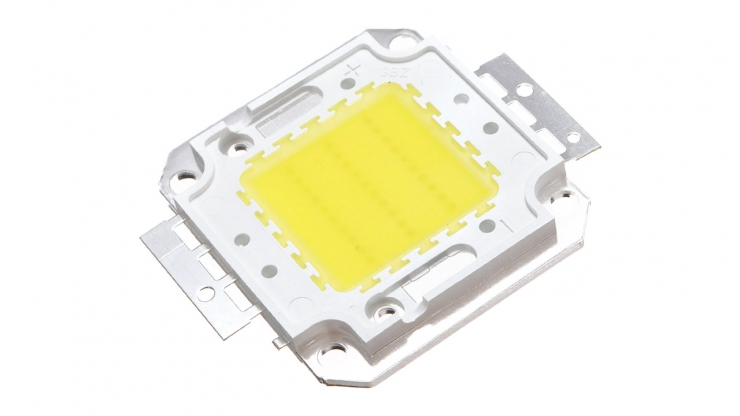
LED is a diode-based electronic circuit element that emits light when the electric current is passed through LED. LED is the abbreviation of light-emitting diode.
When the current is applied to LEDs, electrons combined with the gaps of electron and release energy which appeared as photon form. This effect is called electroluminescence.
The released photon energy determines the wavelength in other words its color. Semiconductor materials that have different band ranges produce different color light. For example, indium gallium nitrate (InGaN) is used to produce blue and green lights. Aluminium Gallium Indium phosphor (ALGAlnP) is used to produce yellow, orange and red lights
LEDs are defined as solid-state materials because light is produced in solid-state semiconductor material. SSL, solid-state lighting expression is used for LED, OLED and PLED sources.
In past, LEDs was only used as small indicators in electronic devices such as; radio, TV, watch etc. The brightness of LEDs was increased with technological advancements in time. Therefore, this made the usage of LEDs possible for lighting purposes.
In past, the color options of LEDs were limited. Especially in commercial sense, blue and white LEDs are not available. Development of LED technology with gallium nitrate (GaN) material has led to the completion of the deficiencies in this field.
Efficient LED packages that emit white light has been developed by covering blue color LED chip with a yellow phosphor. These LED packages enable the use of LEDs for general lighting purposes.
There are several LED types such as; power LED, mid-power LED, COB LED. Each of them has advantages and disadvantages against each other according to the purpose and shape of use.
LEDs can be seen in high brightness. Also, LEDs can emit light ultraviolet or infrared wavelength.
LEDs are many advantages over previous technologies like low power consumption, long-lasting lifespan, smaller sizes, and faster switching. Those advantages are used in automotive, aviation, advertisement, signaling, general lighting, photography.
Most of the energy that the LED consumes transforms into light. The remaining energy released as heat. Heat has a negative effect on the performance and lifespan of LED-based lighting equipment.
LEDs do not contain poisonous chemicals and are no danger to the environment. LEDs help to reduce the carbon footprint.

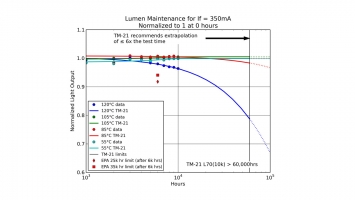
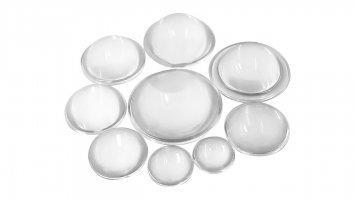

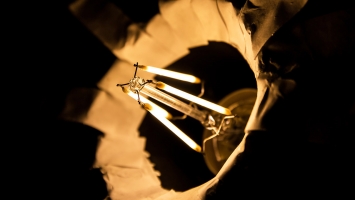
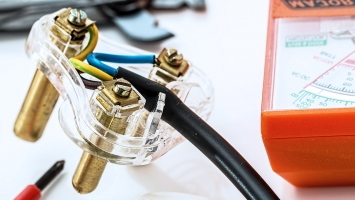
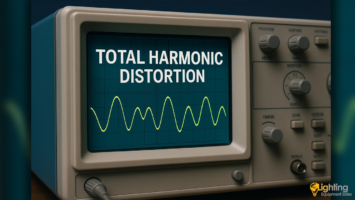
COMMENTS
MAKE A COMMENT